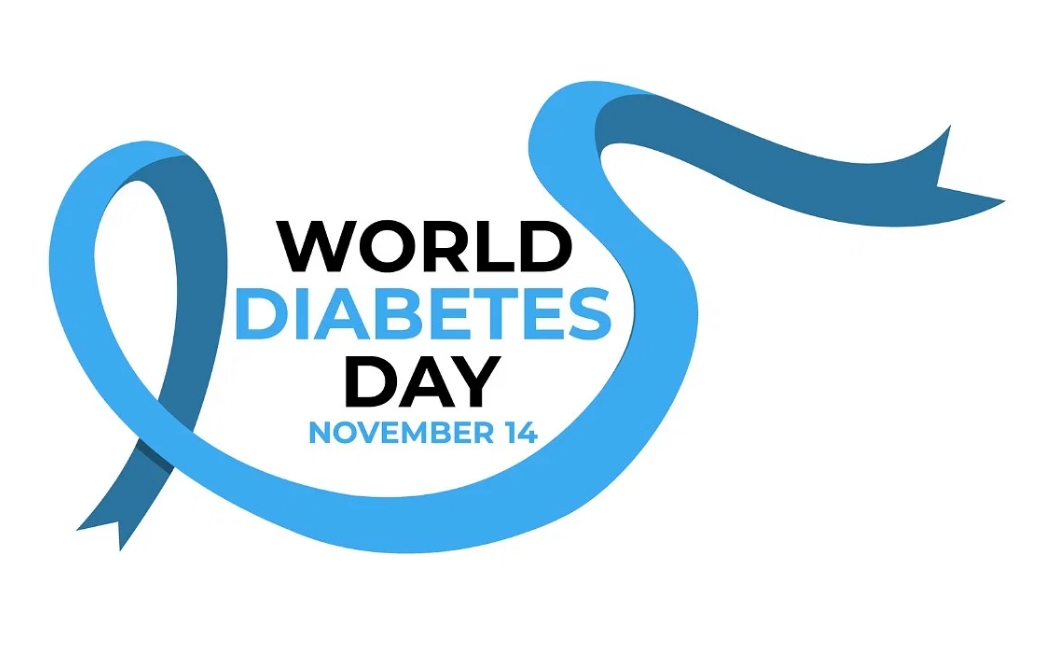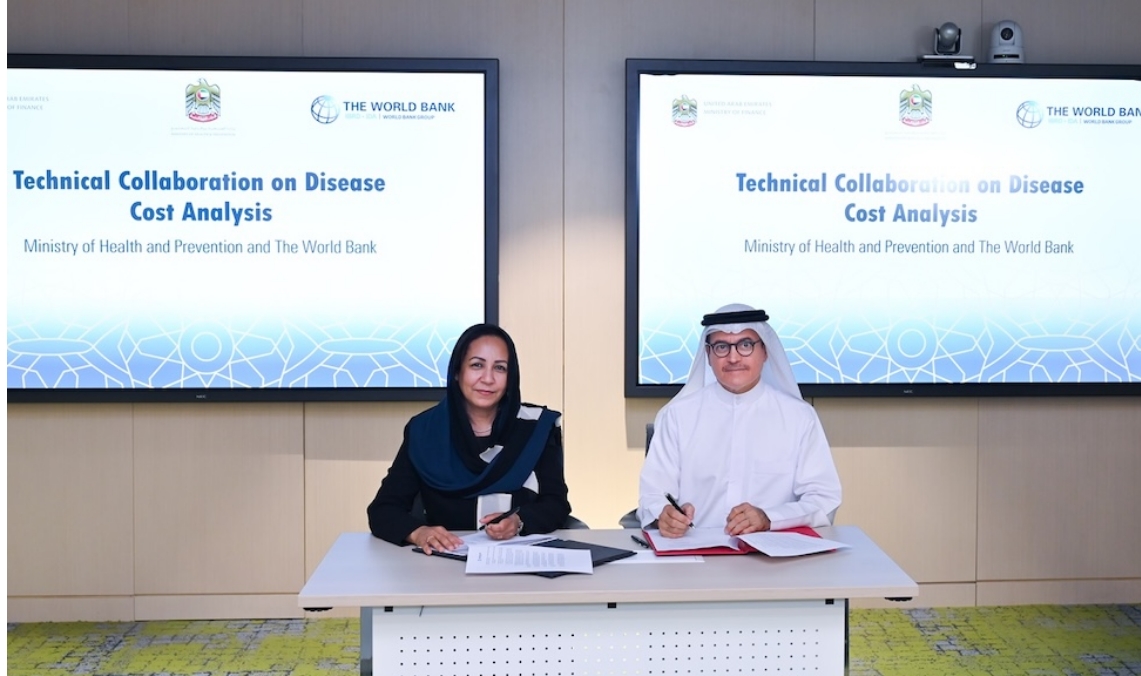Singapore links fatty liver with increased risk of cardiovascular disease
26 May 2022 | News
Researchers discovered that higher level of chemokines in fatty liver disease patients was attracting T cells into blood vessel walls

Image credit: NTU Singapore
Patients with non-alcoholic fatty liver disease (NAFLD) are at higher risk of cardiovascular disease, because NAFLD prompts the over-production of a class of proteins that cause inflammation and damage to their blood vessels.
These findings by scientists from Nanyang Technological University, Singapore (NTU Singapore) and the National University of Singapore (NUS) shed light on why the leading cause of mortality in NAFLD patients is cardiovascular complications, instead of liver damage.
The research team, led by Nanyang Assistant Professor Christine Cheung from NTU’s Lee Kong Chian School of Medicine (LKCMedicine), found a higher level of blood vessel damage in NAFLD patients, which increases the risks of blood clots and cardiovascular diseases.
Asst Prof Cheung said: “The growing prevalence of fatty liver disease globally is a concern. In Singapore, one in three is likely to develop non-alcoholic fatty liver disease over the next 10 years. These patients are at increased risk of developing vascular diseases, such as coronary artery disease and cerebrovascular disease. The good news is that liver disease, at its early stages, is reversible.”
The research team is now developing biomarkers for early detection of vascular damage in inflammatory and metabolic conditions.











